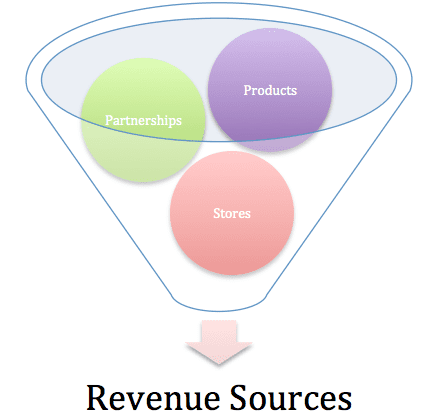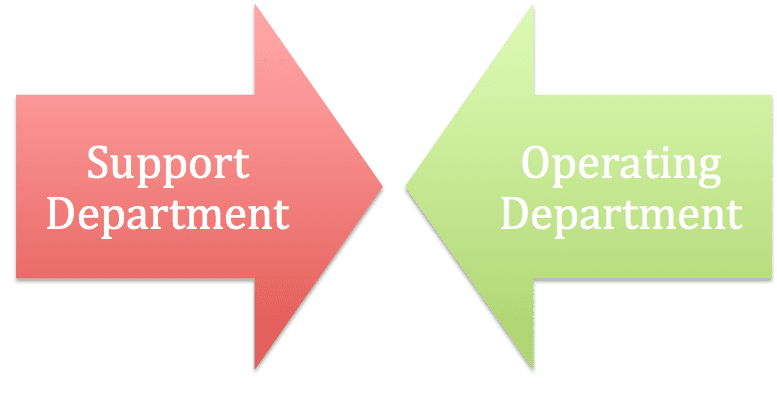What BuzzFeed’s Business Lines Teach Us About Cost Allocation (Blog post, with graphics)
Creating new revenue streams is a smart business decision, but how to you assign company costs to each source of revenue?
The process can be difficult, and if you don’t allocate costs in a way that makes sense, your financial results will be distorted. You won’t understand how profitable a particular business line is, and that’s a big problem.
To illustrate this challenge, consider the changes that happened a few years ago at BuzzFeed.
What Happened
This January, 2020 Wall Street Journal article explains how BuzzFeed added revenue streams:
“Now, the onetime digital-media darling is edging closer to profitability thanks to staff cuts and efforts in recent years to generate new revenue streams, such as launching its own line of kitchenware and investing in a chain of stores selling quirky toys.”
Here are some of BuzzFeed’s revenue streams:
- Tasty Foods: Cookbooks, frying pans and hot plates
- Partnership with Scotts Miracle-Gro to ship house plants to homeowners
- Camp Toy Stores
By diversifying its product line, BuzzFeed is less reliant on any one source of income, which can smooth out big variations in profitability.
But revenue growth adds more costs. How do costs get properly allocated to each business line? One important cost concept is support costs.
For great content on accounting, personal finance, and entrepreneurship, join Conference Room for free.
Support Costs
Here’s a quote from my Cost Accounting For Dummies book:
“Support costs are incurred to provide a product or service to a company operating department. An operating department is one that makes a product or service for customers.”
The point here is the not all departments in a particular company make a product or service for customers. Some areas, such as accounting and legal, support other departments that make a product or service.
Another quote:
“A support department exits to help operating departments. Support departments can also provide services to each other. That makes the cost allocation to the product or service that goes out the door a little more complicated.”
An IT department is a good support cost example.
- Fixed costs: The computer department pays salary and benefits for employees, and the cost of equipment (hardware and software) that they use each day.
- Variable costs: Variable expenses are incurred when the IT department spends time working on a tech issue. The variable expense can include hardware and software costs, as well as the expense of outside tech experts.
So how to you allocate these costs to the operating departments?
The goal is to connect costs to a level of activity. Fixed costs might be allocated based on the number of employees (who all use technology) in each operating department, or an allocation based on the number of computers supported.
If the Tasty Food division has 5% of the total employees, the division is allocated 5% of the IT Department’s fixed costs.
Variable cost might be based on the percentage of tech issues that each department submits in a year. If the Tasty Food division has 11% of tech issues (based on repair tickets submitted), the division is allocated 11% of the IT Department’s variable costs.
The Lesson
Every dollar your company spends must be traced or allocated to a product you sell. If apply this rule to your business, you’ll know your total costs, and you’ll be able to price your product more accurately.
Go to Accounting Accidentally for 540+ blog posts and 450+ You Tube videos on accounting and finance:
Good luck!
Ken Boyd
Author: Cost Accounting for Dummies, Accounting All-In-One for Dummies, The CPA Exam for Dummies and 1,001 Accounting Questions for Dummies
(email) ken@stltest.net
(website and blog) https://www.accountingaccidentally.com/



